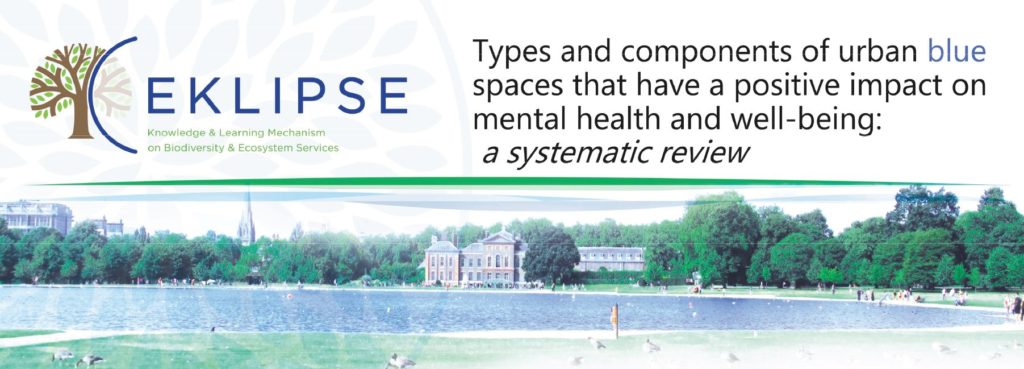As a contributor to Expert Working Group Biodiversity & Health of the 3rd French Plan on Health and Environment (PNSE3) – Ministry in charge of the Environment (MTES) France, since 2017 we have been working to answer the following question: Which types and components of urban and peri-urban blue/green spaces have a significant impact on human mental Read More
Tag: blue space
WHO to fund a systematic review about blue spaces and health
In our ongoing collaboration with the EKLIPSE mechanism, together with Expert Working Group from different European countries and representing various disciplines, we are trying to answer the question: Which types and components of urban and peri-urban blue / green spaces have a significant impact on human mental health and mental well-being? EKLIPSE is project funded Read More
RIVER. A powerful landscape component restoring the human nervous system.
The more we know about the interactions between the landscape and human nervous system the better we can plan and design our living environments to serve our health. With water being the essential component of any form of life, it is not surprising that it also influence our psychophysiological response, even if we are just Read More


